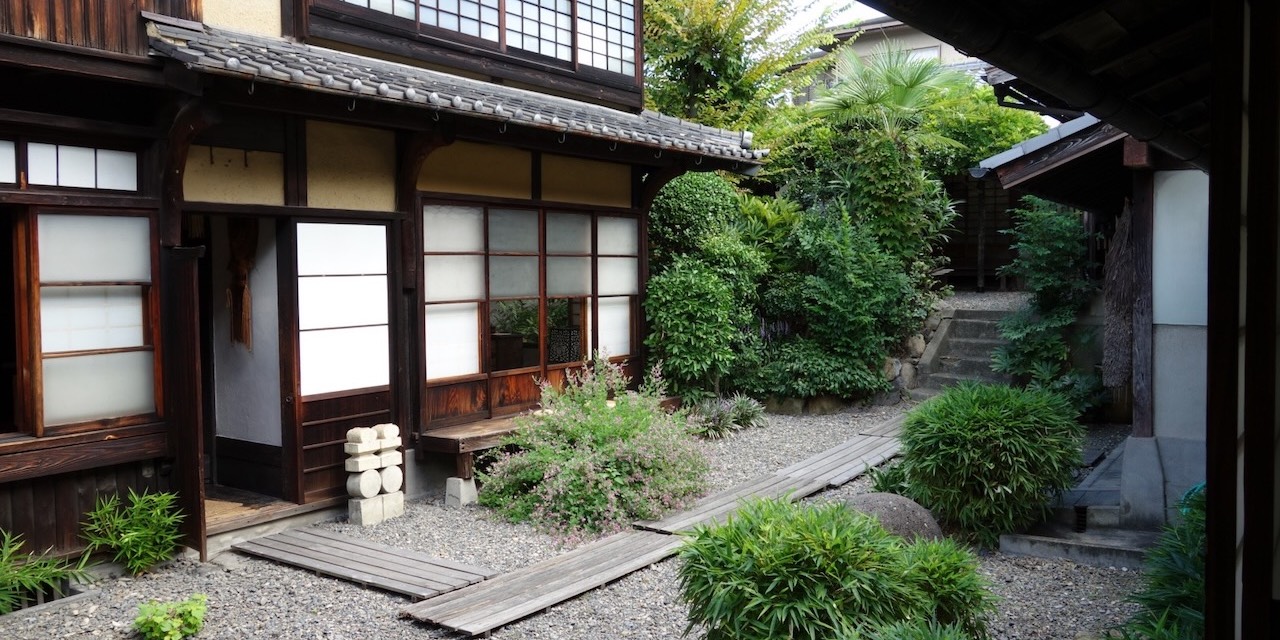Ceramic Destinations in Tokyo
The most popular post on Slowlane has been Ceramics Destinations in Kyoto, this post seeks to provide the same information for a Tokyo visitor.

The most popular post on Slowlane has been Ceramics Destinations in Kyoto, this post seeks to provide the same information for a Tokyo visitor.

The following are worth considering if you are in Kyoto and interested in Ceramics.
Beautiful tribute writing from Rebecca Solnit about the transformative work of Joanna Macy
Rootless and restless and warmblooded, we blaze in the flare that blinds us to that slow, tall, fraternal fire of life as strong now as in the seedling two centuries ago.
Reading John Connell's 'The Running Book' with its evocative portrayal of the Irish landscape